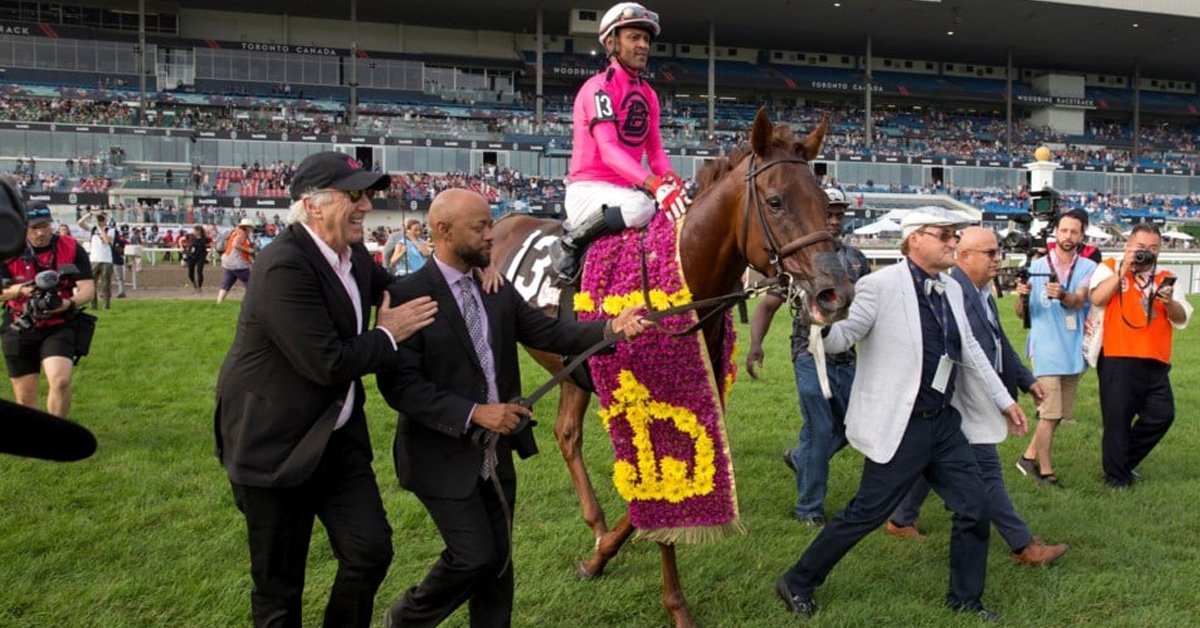The slow-motion train wreck known as OLG “modernization” continues to pick up steam and claim victims.
One year ago, the Ontario Lottery and Gaming Corporation (OLG) announced plans for a radical expansion of gambling operations in the province, in partnership with private interests. No longer would the OLG consider local economic development when locating their operations. From now on, the sole consideration would be filling government coffers, the public interest be damned. The OLG called it, “modernization.”
And so the successful Slots-At-Racetracks Program would be phased out, killing 1,000 rural jobs and threatening 50,000 more. Casino operations in struggling communities like Windsor and Niagara would be downsized.
And in their place, the province would bet on new privately-run mega-casinos in Toronto and other cities, to be forced on vibrant communities like CityPlace or Liberty Village.
Immediately, Las Vegas billionaires began landing their private jets in Toronto, hoping to cash in on a government-issued gambling monopoly they would control. Among these was Toronto’s richest lobbyist, Sheldon Adelson, the Las Vegas Sands casino tycoon who spent over $100 million of his own money during the last U.S. election to elect candidates supportive of his rabid anti-labour politics.
You might ask, how exactly do you create good jobs by destroying the $1.5 billion horseracing industry and partnering with one of the biggest union-busters in the world? Beats me. And yet, OLG chair Paul Godfrey continues to insist his plan is a job-creator, and the OLG has spent an obscene $6 million of your money on ads to convince you. But even with Mr. Godfrey’s hard sell, it’s hard to ignore all the pink slips raining down like confetti.
Mr. Godfrey has found a wide-eyed believer in Mayor Rob Ford. Even after the OLG itself reported that Toronto could expect hosting fees somewhere between a meagre $50 and 100 million a year, Mayor Ford continues to predict municipal jackpots several times this amount, in spite of all evidence to the contrary. He has also said the casino would create 10,000 jobs, even as workers in his home ward face the closure of the Woodbine racetrack, unlikely to survive competition from a downtown casino.
The threat to Woodbine evidently caught the attention of the Cordish Companies, which decided to kill its Woodbine Live! development, along with all the jobs that would come with building a billion-dollar entertainment and shopping complex next to the racetrack. The developer cited the “privatization of gaming in Ontario.”
As jobs vanish in the mayor’s own backyard, the promise of construction jobs downtown is proving just as illusory. The CEOs of three major developers, RioCan, Allied Properties and Diamond Corp., have urged the City of Toronto to reject the OLG’s plans for a downtown casino, warning that it would threaten the success of our downtown. At risk is a nearby billion-dollar office/retail/residential development, along with all of those construction jobs. Amazingly, the chair of RioCan’s board is none other than Paul Godfrey himself.
Ultimately, the biggest problem with casinos is this: they may take money, but they don’t make money. They don’t create or add value to an economy. Whatever the casino wins, someone else must lose. Each casino job comes at the cost of at least one job elsewhere, along with costs to the city’s overall economic and social health. The provincial government may pocket more cash, but the province itself is left worse off.
Enough with OLG modernization. It’s time to stop this train wreck before it’s too late.
This article was originally published in the February 2013 edition of the Annex Gleaner.
More from Canadian Thoroughbred:





